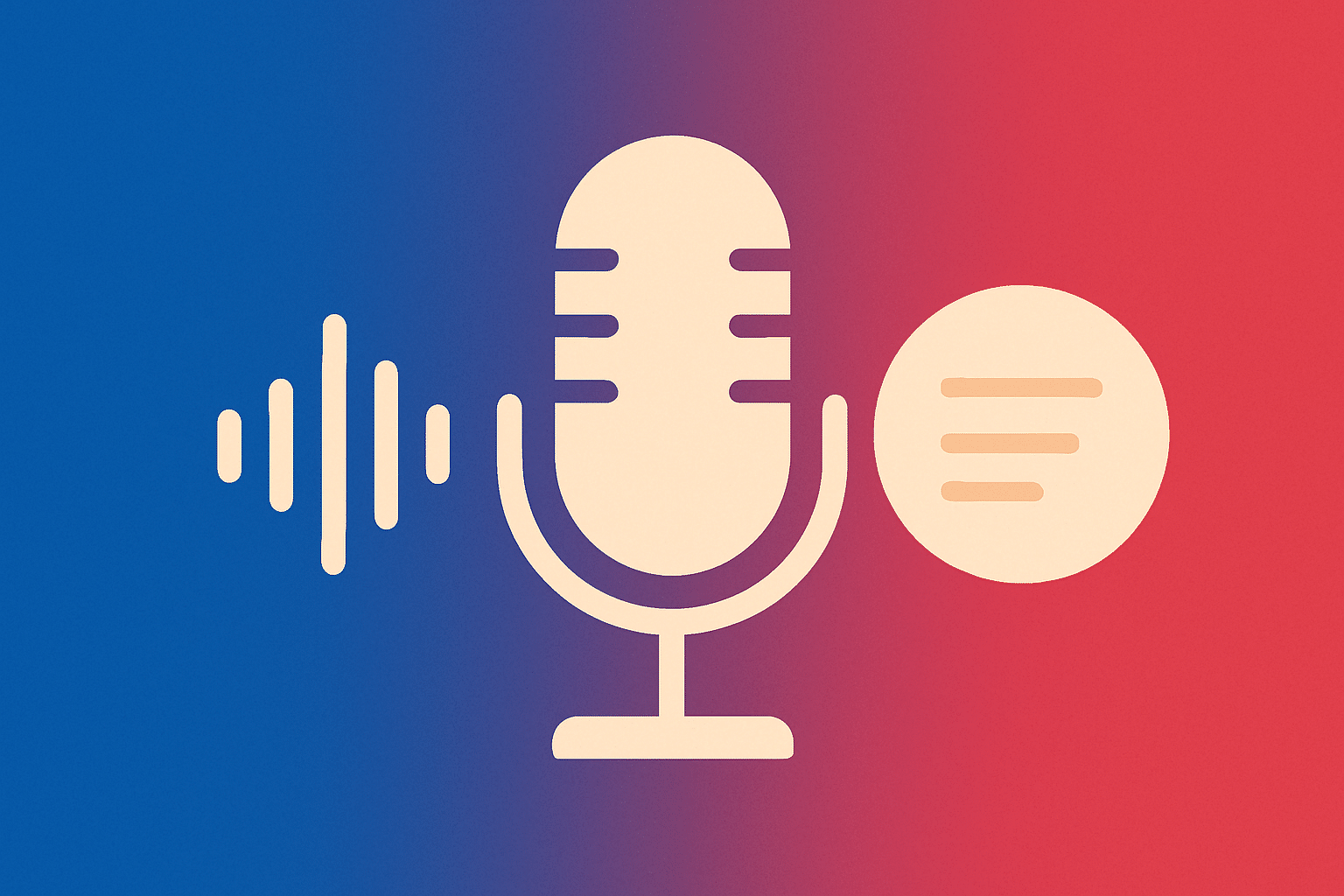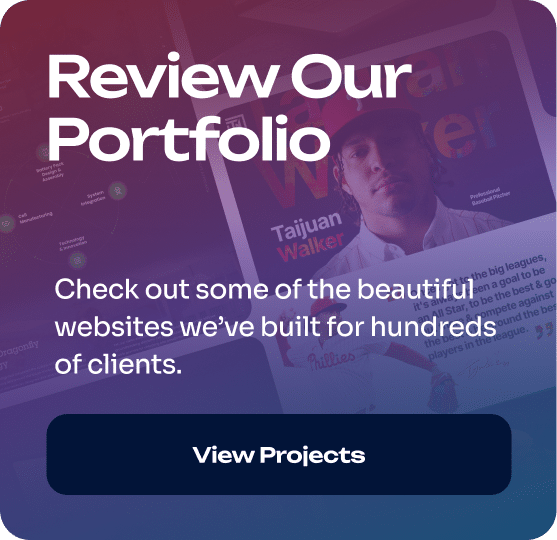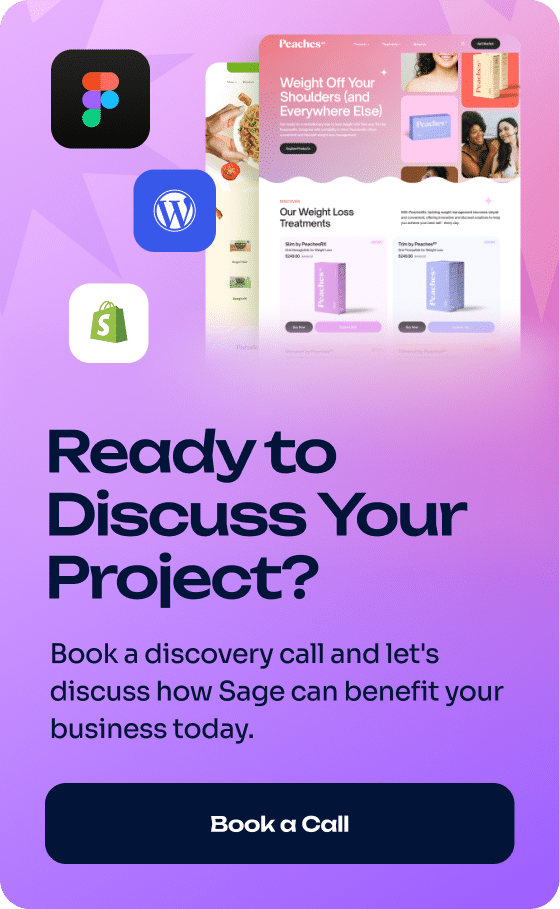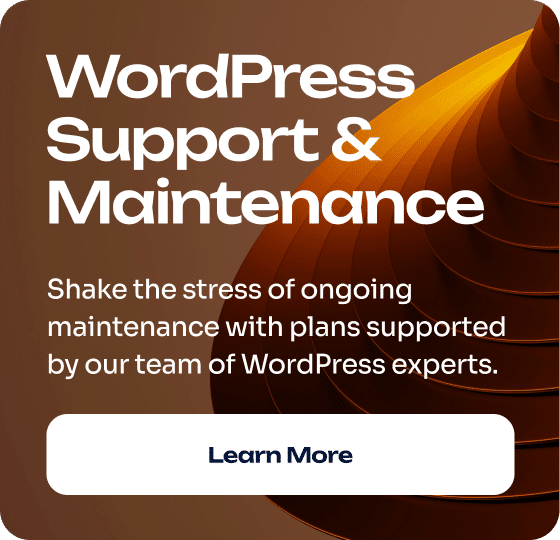The Complete Guide to Launching a B2B Podcast Without Burning Out Your Team
Starting a podcast sounds simple until you actually try to do it. Most B2B marketing teams get excited about the idea, then quickly realize they’re looking at equipment research, guest outreach, content planning, editing workflows, and distribution strategies. The enthusiasm fades fast when the reality of consistent production hits.
The good news? You don’t need a $70K studio or a full-time podcast producer to create content that builds genuine relationships with your target audience. You need a clear strategy, realistic expectations, and systems that actually work for busy marketing teams.
Why B2B Podcasts Work When Done Right
Podcasting creates something most marketing channels can’t: invited access to your audience’s attention. Instead of interrupting people with ads or cold emails, they’re literally inviting you into their commute, workout, or daily routine.
This changes the entire dynamic. When someone chooses to listen to your show week after week, they’re developing trust in a way that’s impossible to replicate through other channels.
The data backs this up. Research shows that 35% of C-level executives use podcasting as their primary medium for making buying decisions. These are the same executives who ignore most sales emails and rarely take cold calls.
Think about it from their perspective. They’re busy, they have tons of responsibilities, and the last thing they want is another sales pitch. But if you’re consistently providing value through your podcast – discussing industry challenges, interviewing thought leaders, sharing insights – you’re positioning yourself as a trusted advisor before they ever need your services.
The Two Big Problems Every B2B Team Faces
After working with dozens of B2B marketing teams, the roadblocks fall into two main categories: time constraints and knowledge gaps.
Time: The Hidden Commitment
Most teams underestimate what consistent podcast production actually requires. It’s not just the recording time – though that matters. You need to plan episodes, identify and reach out to guests, schedule interviews, handle basic editing or work with a producer, write show notes, and promote each episode.
When you’re doing this weekly or bi-weekly, it becomes another major item on your already packed marketing calendar. The teams that succeed are those who can honestly commit to the process for the long term, not just two or three one-off attempts.
Knowledge: Where Do I Even Start?
The technical side intimidates a lot of teams unnecessarily. You see podcast studios with professional lighting, multiple cameras, and expensive equipment and assume that’s the barrier to entry.
Reality check: While you can start with basic equipment, the difference between amateur and professional quality is immediately apparent to your audience. Poor audio quality kills retention instantly, and subpar video makes your brand look less credible.
The bigger knowledge gap is strategic. What should you talk about? Who should you interview? How do you position the show to attract your ideal audience? These questions matter more than your equipment specs, but the production quality can’t be an afterthought.
Getting Your Content Strategy Right
The biggest mistake B2B teams make is creating a show about themselves and their company. That might work if you’re already a recognized industry leader, but most companies aren’t there yet.
Instead, flip your thinking. Who do you want to reach, and what keeps them up at night?
Define Your Audience First
Are you targeting existing customers who need ongoing value and education? Your content approach will focus on industry trends, best practices, and internal insights.
Trying to reach prospective customers who don’t know you yet? Position yourself as the trusted advisor covering the challenges they face daily. Talk about their problems, not your solutions.
This positioning makes all the difference. If you’re constantly talking about your company and products to prospects, you’re running a 30-minute sales pitch. People tune out immediately.
But if you’re discussing the exact challenges your prospects face – with specific insights and actionable advice – they start thinking, “This person really understands what I’m dealing with. I should probably talk to them.”
Content That Actually Converts
The most effective B2B podcast content falls into several categories:
Industry Challenge Deep-Dives: Pick specific problems your target audience faces and break them down with practical solutions.
Behind-the-Scenes Insights: Share what you’re seeing in your work with clients, trends you’re noticing, or lessons learned from recent projects.
Expert Interviews: Bring on people who can provide unique perspectives on topics your audience cares about.
Framework Explanations: Walk through step-by-step processes or methodologies that listeners can implement.
The key is providing standalone value in every episode. Someone should be able to listen to any single episode and walk away with something actionable, even if they never hire you.
Smart Guest Acquisition That Actually Works
Finding great guests doesn’t require a massive network or cold email campaigns. The most successful approach builds on relationships you’re probably already developing.
LinkedIn as Your Guest Pipeline
LinkedIn works exceptionally well for guest discovery, but not in the way most people think. Instead of immediately reaching out to potential guests, focus on building genuine relationships first.
Start by engaging meaningfully with content from people in your target space. Leave thoughtful comments, share insights, ask questions. Do this consistently for a few weeks.
When someone posts something particularly insightful or you have a great back-and-forth in the comments, that’s your opening. You can naturally transition to, “I’d love to dive deeper into this topic on my podcast. Would you be interested in exploring this further?”
This approach feels organic because it is. You’re extending the conversation you were already having, not making a cold pitch.
Your Existing Network Is Bigger Than You Think
Before looking externally, audit your current contacts. Past colleagues, current clients, vendors you work with, industry connections – you probably know more potential guests than you realize.
These people already know and trust you, making them much more likely to say yes. They also tend to be more relaxed during interviews, leading to better conversations.
Professional Production: The Make-or-Break Factor
Here’s where most B2B teams get it wrong: they either overspend on equipment they don’t know how to use, or they underestimate how much production quality affects their brand perception.
The Professional Standard Your Audience Expects
Business decision-makers are used to high-quality content. When your podcast sounds like it was recorded in someone’s garage or looks like a basic Zoom call, it immediately diminishes your credibility – regardless of how valuable your content actually is.
Professional audio, proper lighting, multiple camera angles, and clean editing aren’t nice-to-haves anymore. They’re table stakes for B2B content that gets taken seriously.
The Sage Content Studios Approach
This is where partnering with a professional studio makes strategic sense. Sage Content Studios eliminates the equipment learning curve and production headaches that derail most podcast launches.
10 minutes from the Las Vegas Strip, our Henderson, Nevada facilities provide 4K video, 32-bit audio, professional lighting, and multicam setups – all managed by an in-house team. You show up, focus on your message, and receive a professionally edited episode within 48 hours.
At $249 for a 90-minute session, you get production value that would cost tens of thousands to replicate in-house, without the ongoing overhead of equipment, software licenses, and technical expertise.
Managing Growth Expectations Realistically
Podcasting isn’t social media. You’re not looking for viral moments or massive spikes in followers. The value builds slowly through consistent quality and compound growth effects.
What Early Growth Actually Looks Like
Starting with 20-40 listeners per episode is completely normal. Focus on consistency and quality over raw numbers initially.
The magic happens when you find your rhythm – usually around episode 20-30. Your interview skills improve, your content gets sharper, and you start attracting guests who bring their own audiences.
The Compound Effect in Action
Here’s what growth actually looks like: You release an episode that resonates particularly well with listeners. They not only share that episode but go back and listen to previous episodes they missed.
Suddenly you’re seeing downloads on episodes from months ago that you’re not actively promoting. This evergreen effect is one of podcasting’s unique advantages – your content continues working long after publication.
Content Repurposing: Getting Maximum Value
One podcast episode should generate multiple pieces of content across different channels. This repurposing approach maximizes your time investment while reaching audiences who prefer different content formats.
Multi-Format Distribution Strategy
Short Video Clips: Pull 60-90 second highlights for LinkedIn, Twitter, and other social platforms.
Quote Graphics: Turn key insights into shareable quote cards with strong visual design.
Blog Content: Expand episode topics into detailed blog posts with additional context and resources.
Email Newsletter Content: Use episode insights as newsletter content for your existing subscribers.
Show Notes: Create detailed episode summaries that work as standalone content pieces.
Sage’s add-on packages handle this repurposing systematically. Their Visibility Package ($599) creates 8 short-form clips with branded captions, while their Impact Package ($1,199) includes 15 clips plus scheduled publishing across Instagram Reels, TikTok, YouTube Shorts, Facebook, LinkedIn, and Google Business profiles.
This approach means your 90-minute recording session generates weeks of content across multiple channels.
Integration: Cornerstone vs. Supplement Strategy
How podcasting fits into your broader marketing strategy depends on your team size and existing content operations.
Cornerstone Approach
Smaller teams often use podcasting as their primary content engine. The podcast becomes the foundation, with all other content supporting or repurposing the core episodes.
This works well when you have limited resources but can commit to consistent podcast production. Everything else flows from your weekly or bi-weekly recording schedule.
Supplement Strategy
Larger teams with established content calendars typically use podcasting to enhance existing efforts. The podcast adds depth and relationship-building to an already robust content strategy.
This approach works when you have the bandwidth to maintain multiple content streams without compromising quality on any single channel.
Making the Commitment Decision
Before starting, honestly assess whether podcasting makes sense for your current situation and resources.
The Consistency Requirement
Can you commit to recording episodes consistently for the long term? This isn’t just about the recording time – it includes planning, guest coordination, and promotion.
If the answer is “maybe” or “we’ll see how it goes,” podcasting probably isn’t the right choice right now. The most successful shows come from teams that view podcasting as a long-term relationship-building tool, not a short-term content experiment.
Resource Allocation Reality Check
Beyond time, consider your team’s current workload. Adding podcast production to an already maxed-out marketing team often means something else gets deprioritized.
This is where Sage’s Growth Lab program becomes strategically valuable. Rather than adding podcast management to your internal team’s responsibilities, their dedicated specialists handle strategy, production, distribution, and paid media execution. Your team maintains focus on core business activities while still building a professional content presence.
Getting Started: Your First 90 Days
If you’ve decided podcasting fits your strategy and resources, here’s a practical launch timeline:
Weeks 1-2: Studio booking and strategy sessions. Work with professionals to define your content approach and book your first recording sessions.
Weeks 3-4: Content strategy finalization and guest outreach. Define your target audience, content themes, and initial guest list while your first episodes are in post-production.
Weeks 5-8: Regular recording schedule establishment. Build momentum with consistent recording sessions and professional production.
Weeks 9-12: Launch and optimization. Release episodes on schedule while analyzing performance data and refining your approach.
The Professional Advantage
Working with a professional studio and production team eliminates the most common failure points for B2B podcasts:
Technical Issues: No more audio problems, lighting challenges, or editing delays.
Production Bottlenecks: Professional teams deliver finished episodes within 48 hours, not weeks.
Quality Consistency: Every episode meets broadcast standards, reinforcing your brand credibility.
Strategic Guidance: Experienced producers help refine your content approach based on what actually works.
Scalable Growth: Add repurposing, distribution, and promotion services as your podcast gains traction.
Key Takeaways for B2B Marketing Teams
Professional production quality is non-negotiable. Your audience expects broadcast-level content, and amateur production undermines your message.
Build relationships before asking for interviews. The best guest acquisition happens through genuine engagement, not cold outreach.
Plan for the long term. Podcasting rewards consistency over time, not quick wins or viral moments.
Repurpose systematically. One episode should generate multiple content pieces across different channels and formats.
Be realistic about resources. Only commit to podcasting if you can maintain consistency for the long term.
Focus on providing value, not selling. Position yourself as a trusted advisor by addressing your audience’s challenges.
Measure compound growth, not individual episode performance. Success builds over time through relationship development and audience trust.
Partner with professionals when it makes strategic sense. The cost of professional production is minimal compared to the opportunity cost of poor execution.
The teams that succeed with podcasting treat it as a relationship-building tool, not just another content channel. When done consistently with professional production values and the right strategy, it becomes one of the most effective ways to build trust with your target audience over time.





